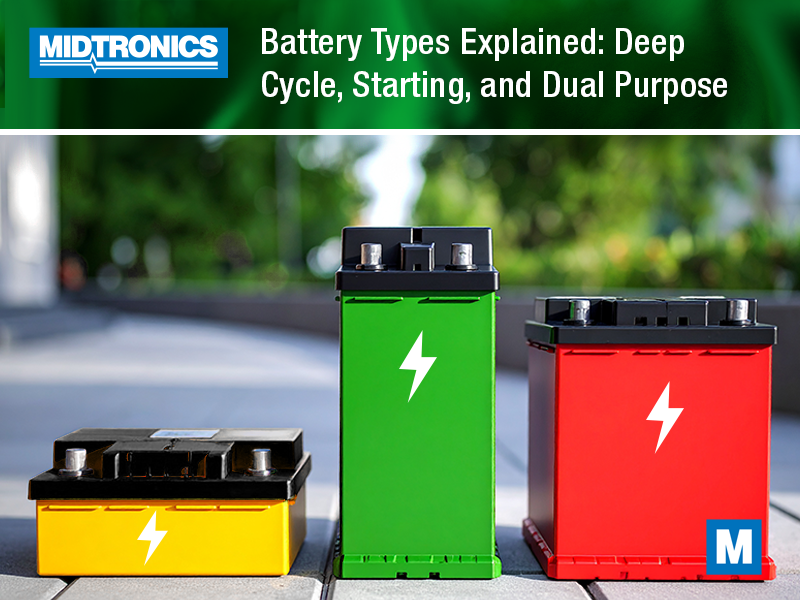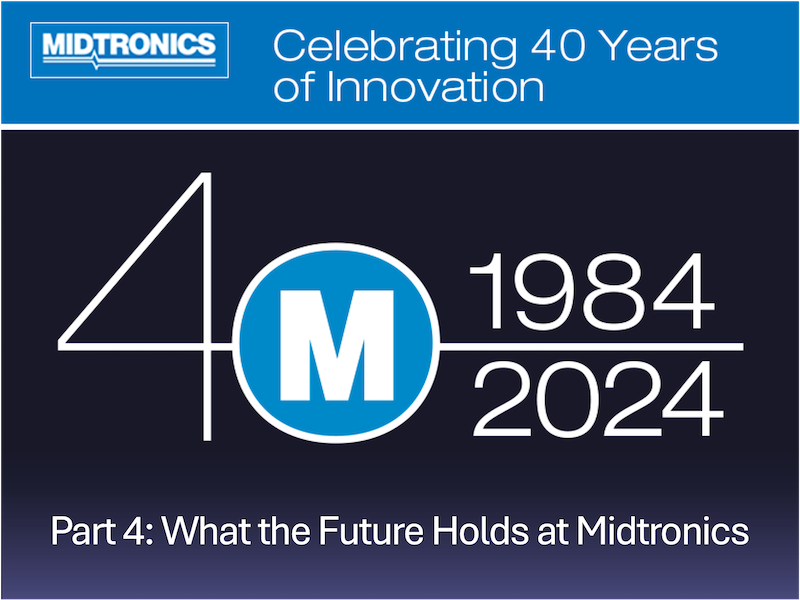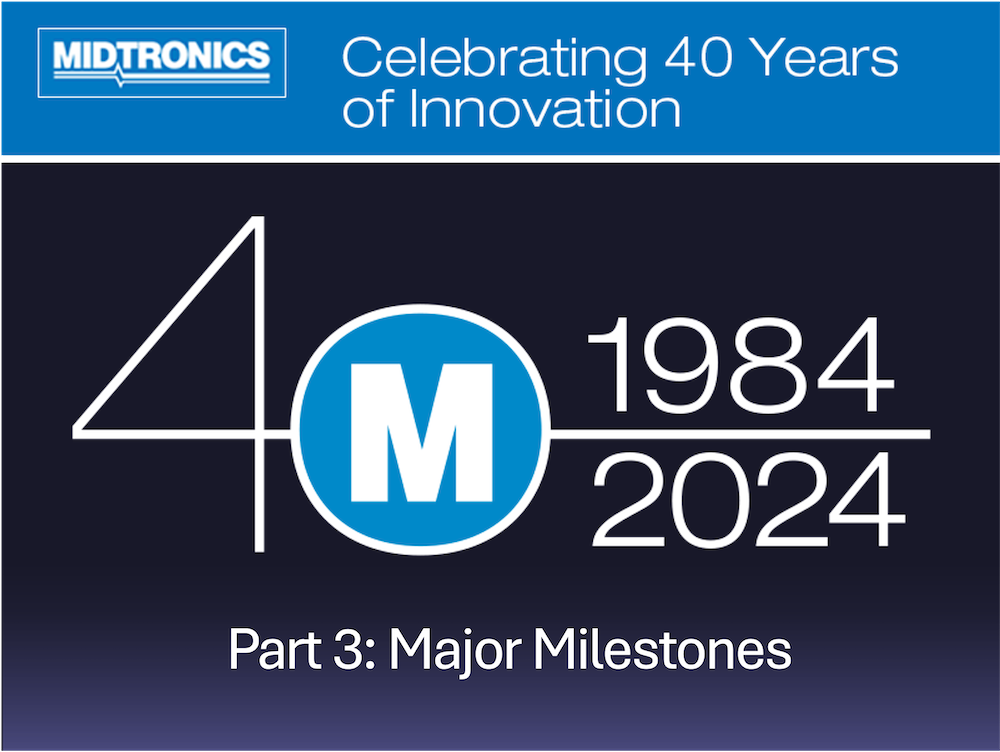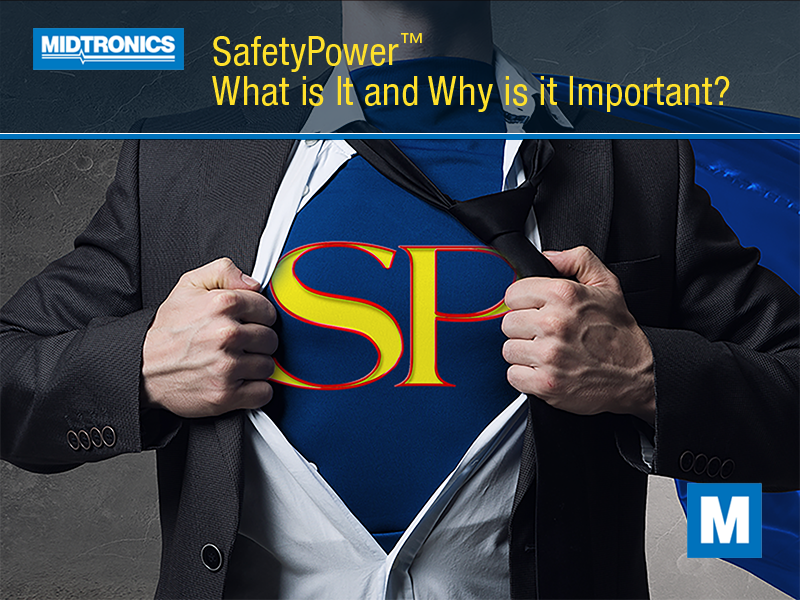Not all batteries are created equal. When a vehicle rolls into your service bay, understanding the right battery for the job is crucial. A customer with a marine vessel, an RV, or a traditional passenger vehicle needs the right power source to meet their specific demands. That’s where understanding the differences between deep cycle, starting, and dual purpose batteries becomes critical.
Selecting the wrong one can mean poor performance, shortened battery life, and an unhappy customer. In this guide, we break down what makes each of these batteries unique and how to choose the right one for the job.
Understanding the Basics: Battery Types Explained
Before diving into the specifics, it’s important to understand what each type of battery is designed to do:
- Starting batteries – These are built for high power bursts to start engines quickly and efficiently.
- Deep cycle batteries – These are designed for sustained energy output over long periods, ideal for powering accessories and off-grid applications.
- Dual-purpose batteries – These serve as a hybrid, offering moderate starting power and deep cycle capabilities, but may not excel in either area as much as a dedicated option.
Each type is engineered for a specific purpose, and using the wrong one can lead to premature failure and performance issues.
Starting (Cranking) Batteries: Built for Quick Power
Starting batteries are designed for one main job, which is starting the engine. These batteries deliver a burst of power for a short period, usually just a few seconds, to crank the engine. The key feature of a starting battery is its high Cold Cranking Amps (CCA). This is the measurement of how much power it can deliver at 0 F (-18 C) for 30 seconds while maintaining a voltage of at least 7.2 volts.
Along with high CCA, starting batteries have thinner plates than their counterparts. The increased amount of surface area allows for more immediate energy discharge, which is necessary for cranking well.
Starting batteries are typically found in standard vehicles like cars, trucks, and motorcycles. They are excellent at delivering short, powerful bursts of energy but are not built to be discharged repeatedly. Using one as a power source for long-term energy drain, like running accessories or powering RV electronics, will drastically shorten its lifespan.
Deep Cycle Batteries: The Marathon Runner of Batteries
While starting batteries are built for quick bursts of power, deep cycle batteries are designed for endurance. These batteries are capable of being discharged down to 20% of their capacity and recharged repeatedly without significant loss of performance. That makes them ideal for applications that require steady, reliable power over long periods. Design-wise, they have thick plates that reserve energy better.
Common uses for deep cycle batteries include marine applications like trolling motors, golf carts, and solar energy storage. Because they are built to withstand deep discharges, they last much longer in those environments compared to starting batteries.
Dual Purpose Batteries: The Best of Both Worlds?
Dual purpose batteries are marketed as the perfect hybrid, providing both cranking power and deep cycle capabilities. While they do perform both functions, it’s important to understand that they are a compromise. They offer moderate CCA and can be used for deep discharges, but they do not excel in either area as much as their specialized counterparts.
They’re popular in boats, off-grid setups, and some work vehicles where both starting and deep cycle abilities are needed. If you need one battery to do it all, dual purpose can be a good option. However, if the vehicle is heavily reliant on either starting power or deep cycling, a dedicated battery is still the better choice.
Choosing the Right Battery for the Job
When a vehicle or equipment comes in for service, knowing what kind of battery it needs is crucial:
- Vehicle type matters – Marine vessels, RVs, and off-grid applications generally need deep cycle batteries, while standard cars and trucks require starting batteries.
- Load requirements – If the vehicle has a lot of accessories or draws high power when parked, a dual purpose or deep cycle might be a better fit.
- Service history – Frequent battery replacements might indicate the wrong battery type has been used.
You might find that sometimes a customer comes in with a battery that’s been replaced already, but a keen eye on the details can determine whether the battery is suited for the car or not. A dead giveaway for passenger vehicles is if the battery has threaded studs, it’s almost always the wrong size and type. And vice versa for boats and other off-road equipment – if it only has top or side posts and not threaded studs, it’s probably only a starting battery for a car.
Midtronics equipment can make identifying battery health simple. When you know the required CCA, a quick check can tell you if the battery currently installed is appropriate for the vehicle’s needs, reducing guesswork and preventing early failure.
Common Myths and Misconceptions
There are a few misunderstandings when it comes to battery types. Some customers believe that any battery will do the job, which just isn’t true. Each type is specifically designed for different power needs, and using the wrong one can lead to failures.
It’s also common to think that deep cycle batteries are just stronger starting batteries, and that’s also false. They are built for different purposes, and deep cycling damages starting batteries, where starting batteries won’t live up to expectations for long-lasting power delivery.
As for dual purpose batteries, encourage customers to consider them as a compromise when one battery is performing dual tasks. But in a boat, for example, where there are two batteries present, it’s best to use one starting battery and one deep cycle rather than two dual purpose batteries.
Recommend the Correct Battery for the Job
Getting the right battery for the right application makes all the difference. Selecting a deep cycle for a starting application will lead to short lifespans and frustrated customers. Using a starting battery for deep cycling will cause early failure. Service advisors and technicians can make a lasting impact by understanding these differences and recommending the correct solution.
Choosing the right battery is not just about making the sale. It’s about ensuring reliability, satisfaction, and long-term performance for your customers. Understanding these key differences is the first step.




